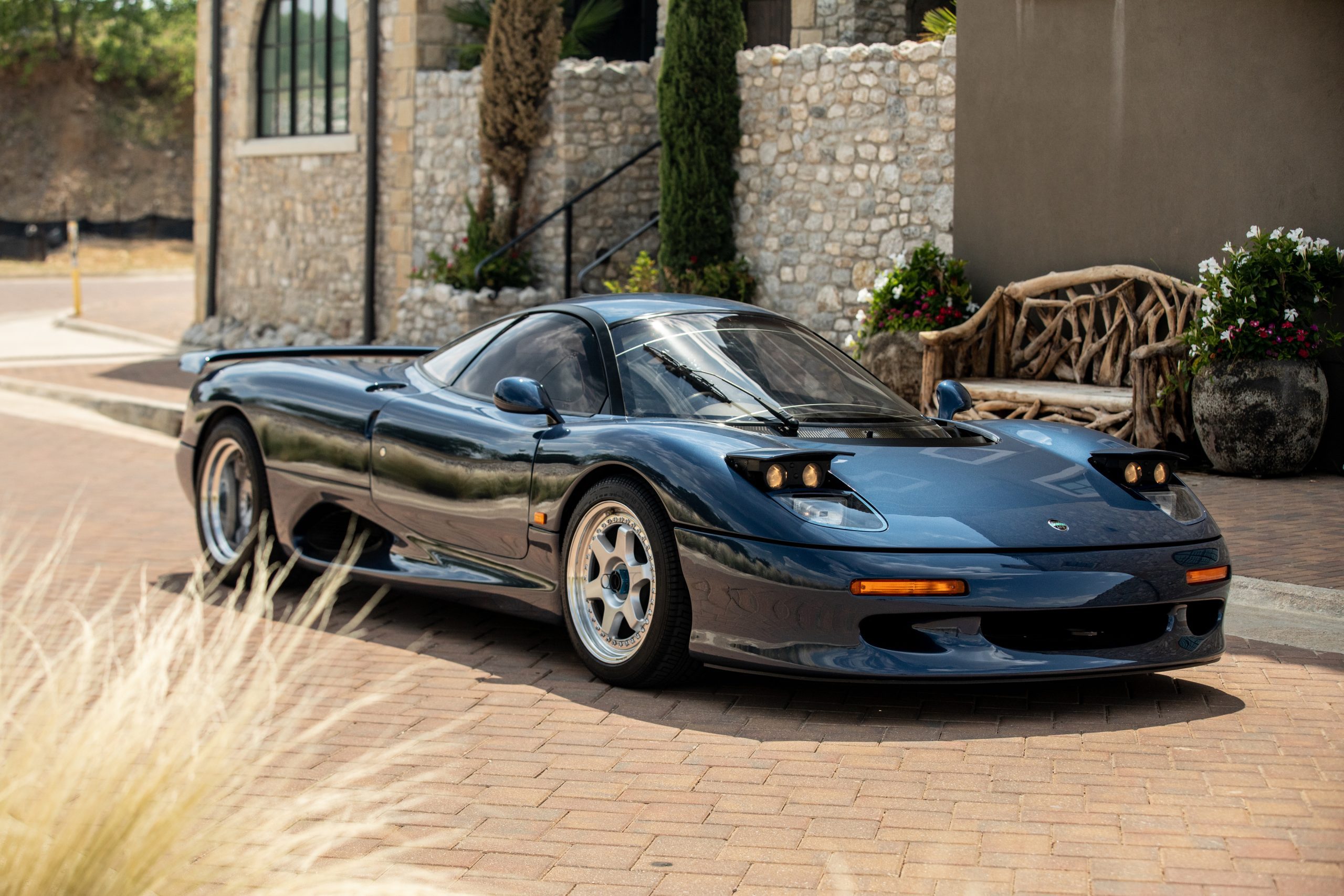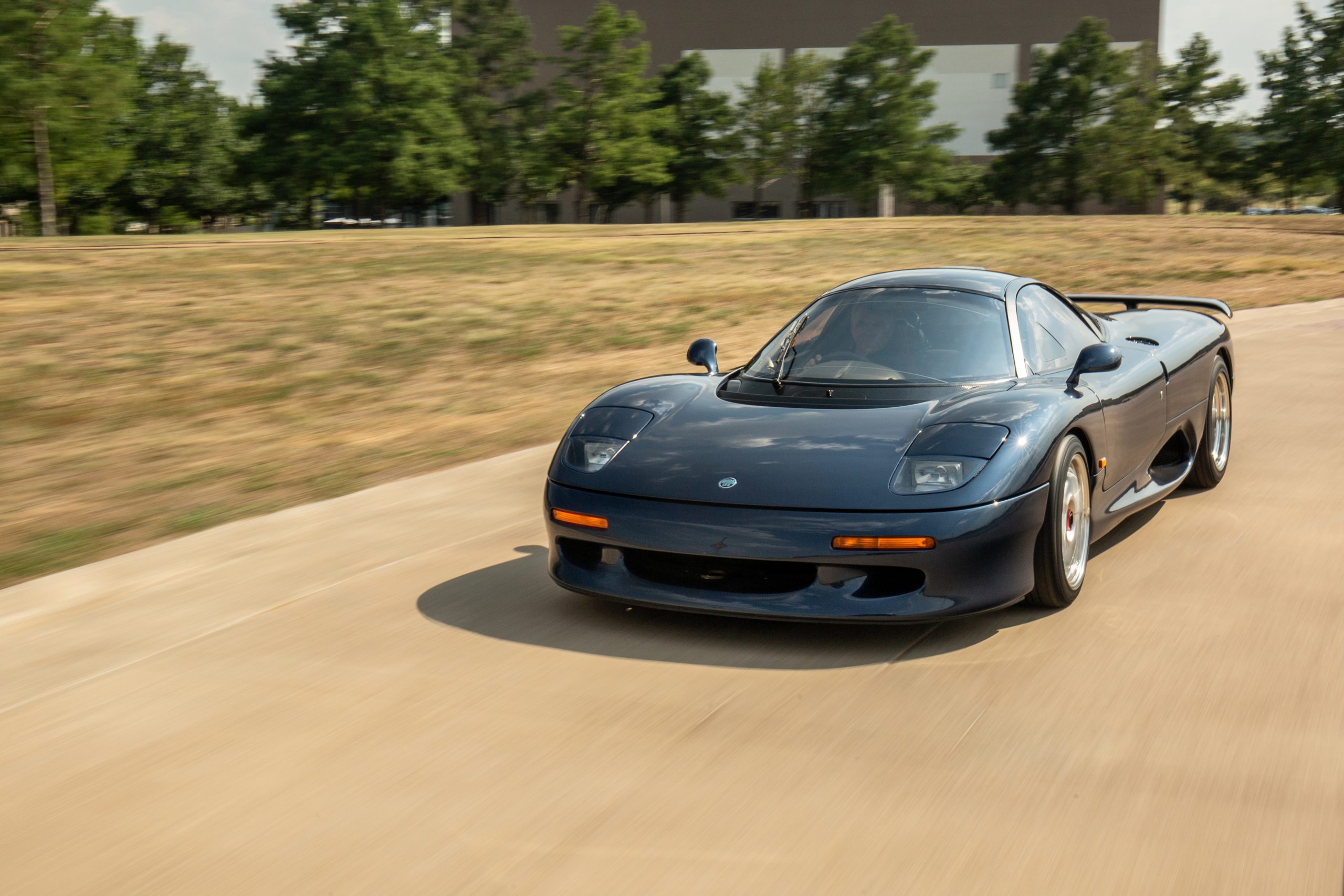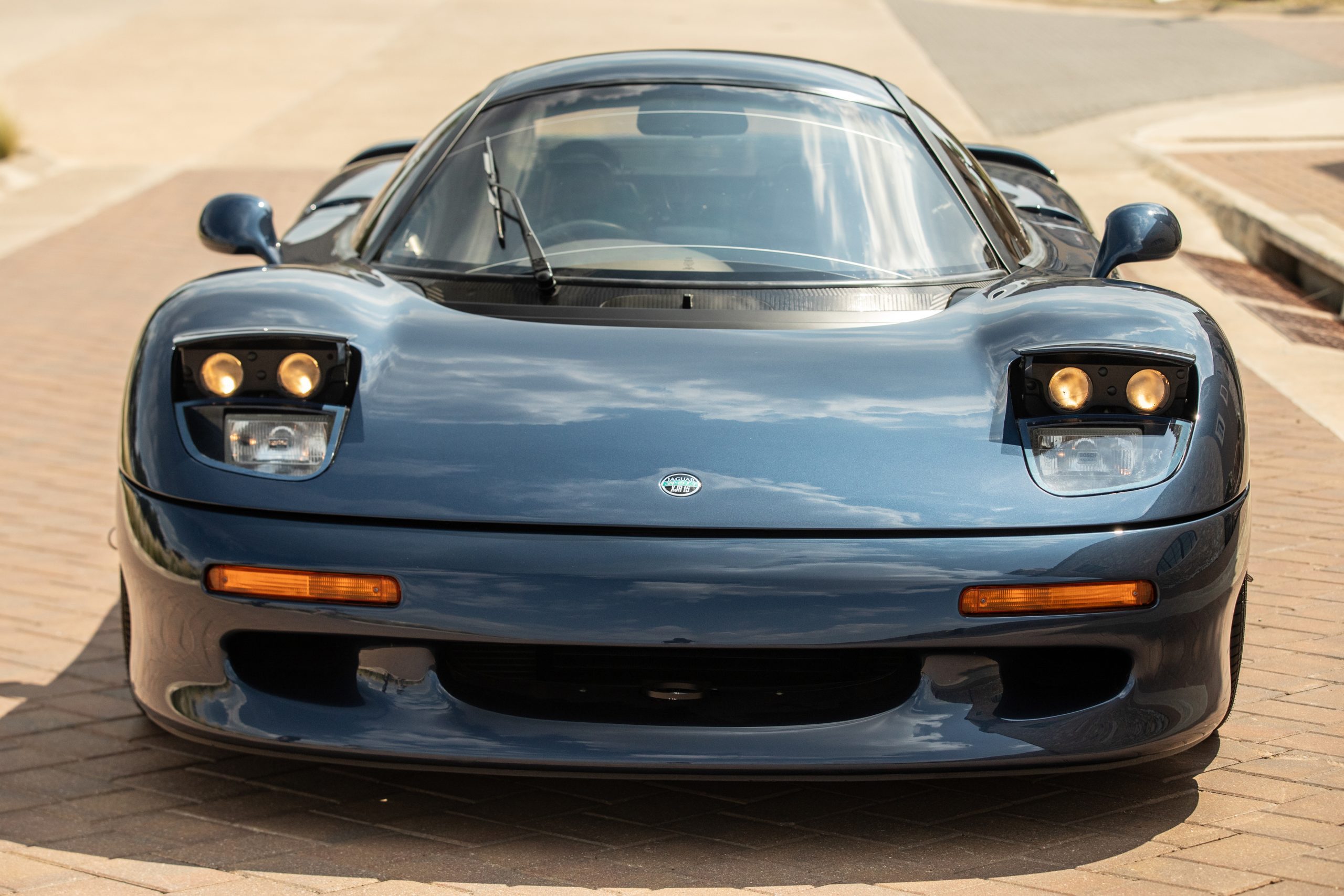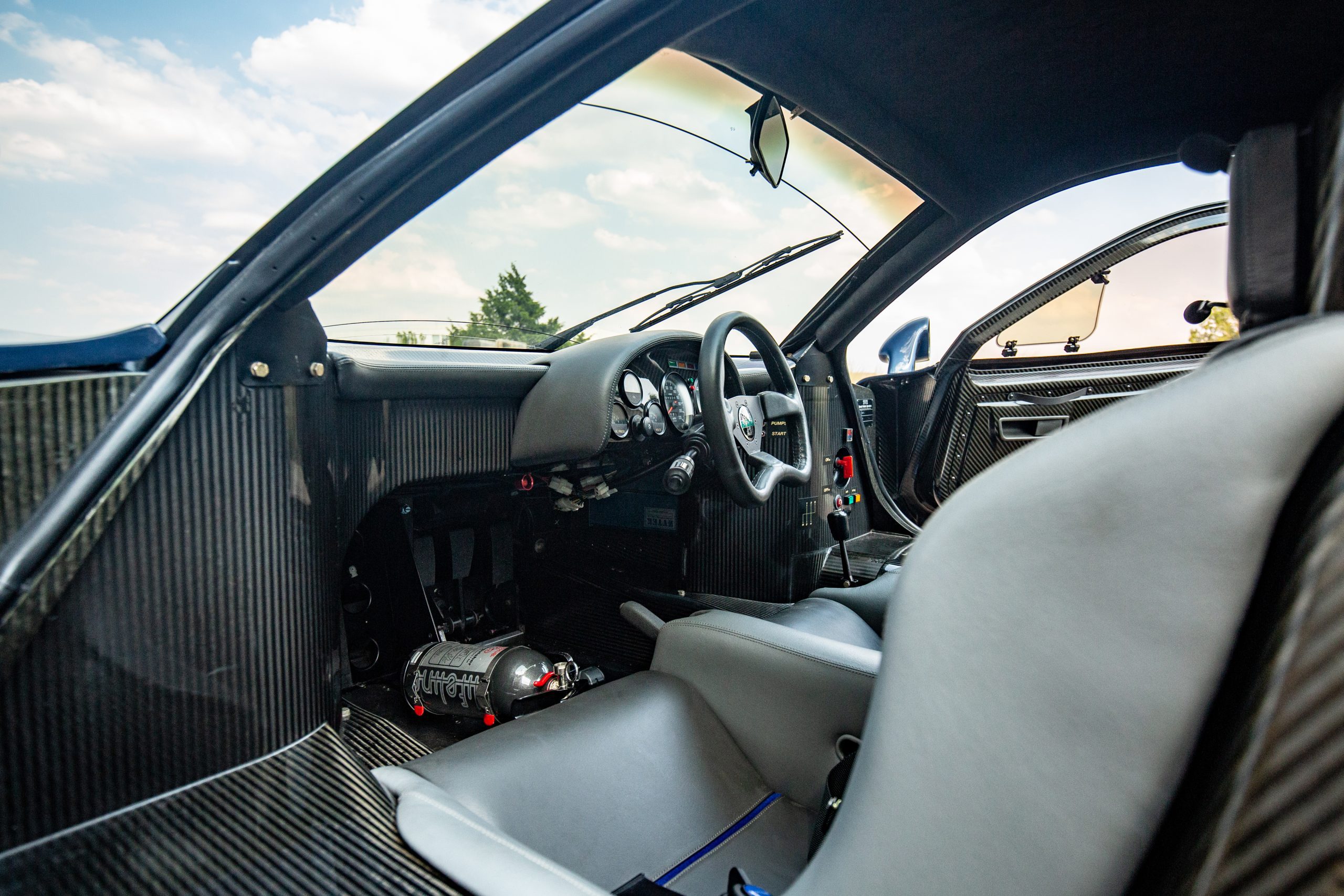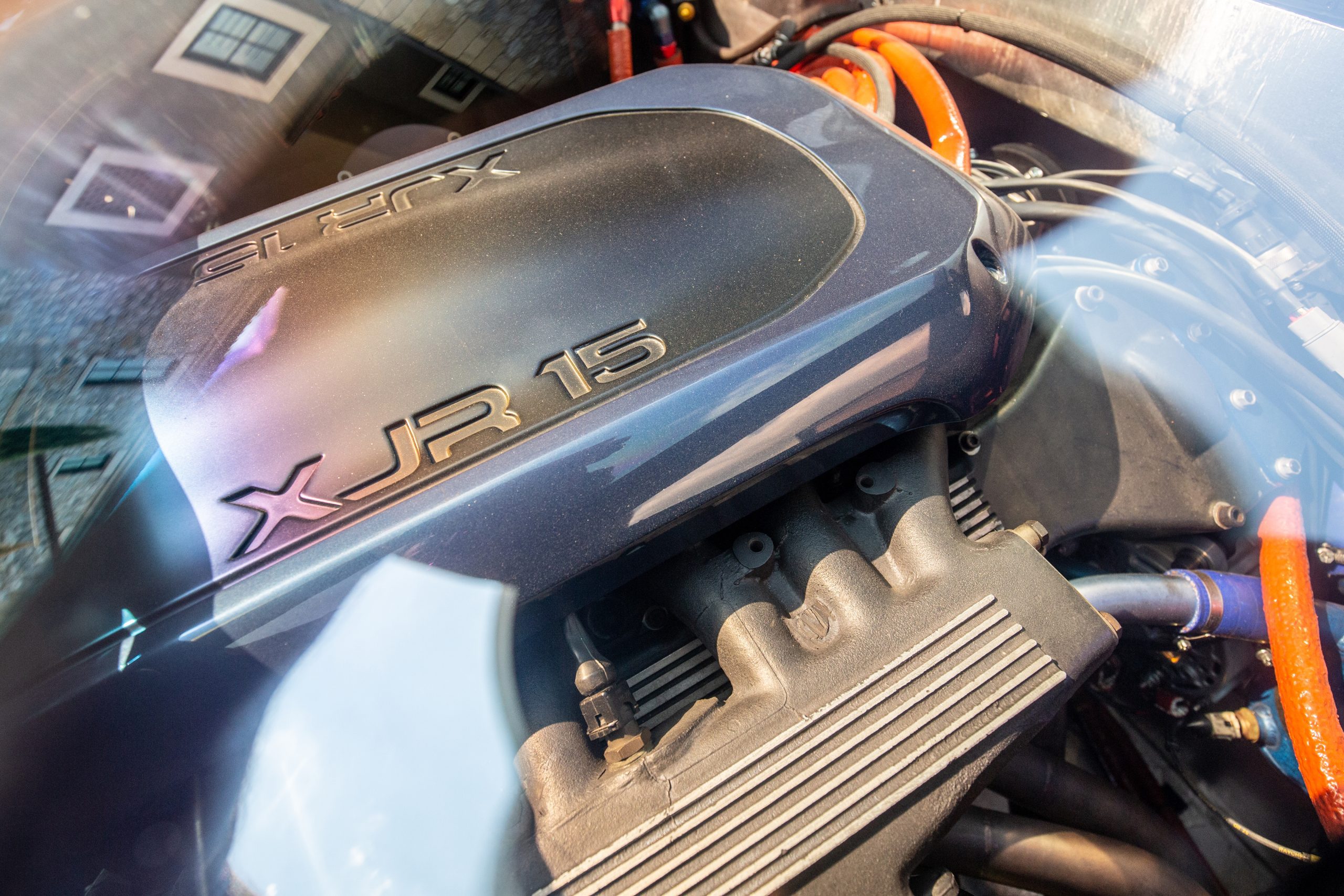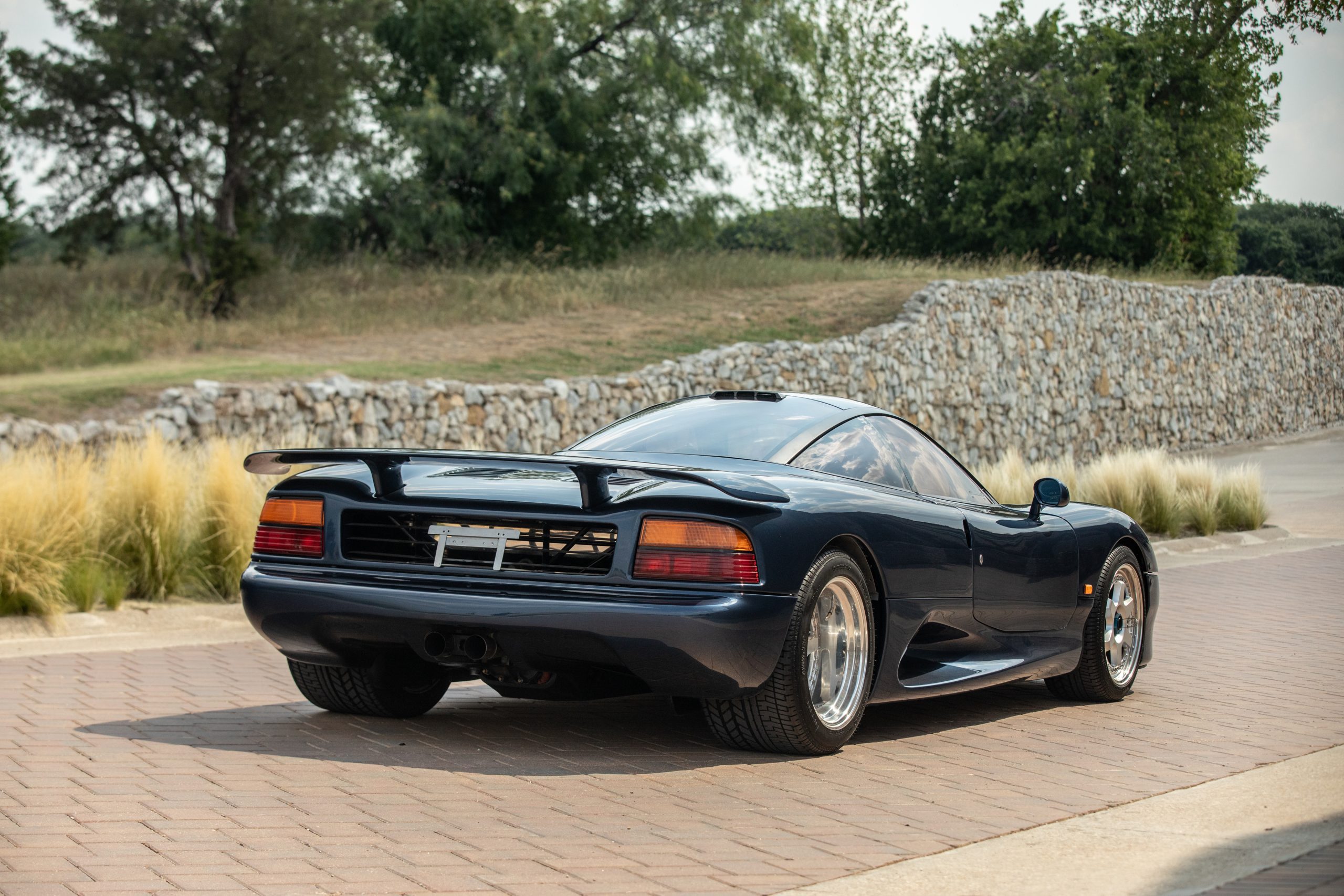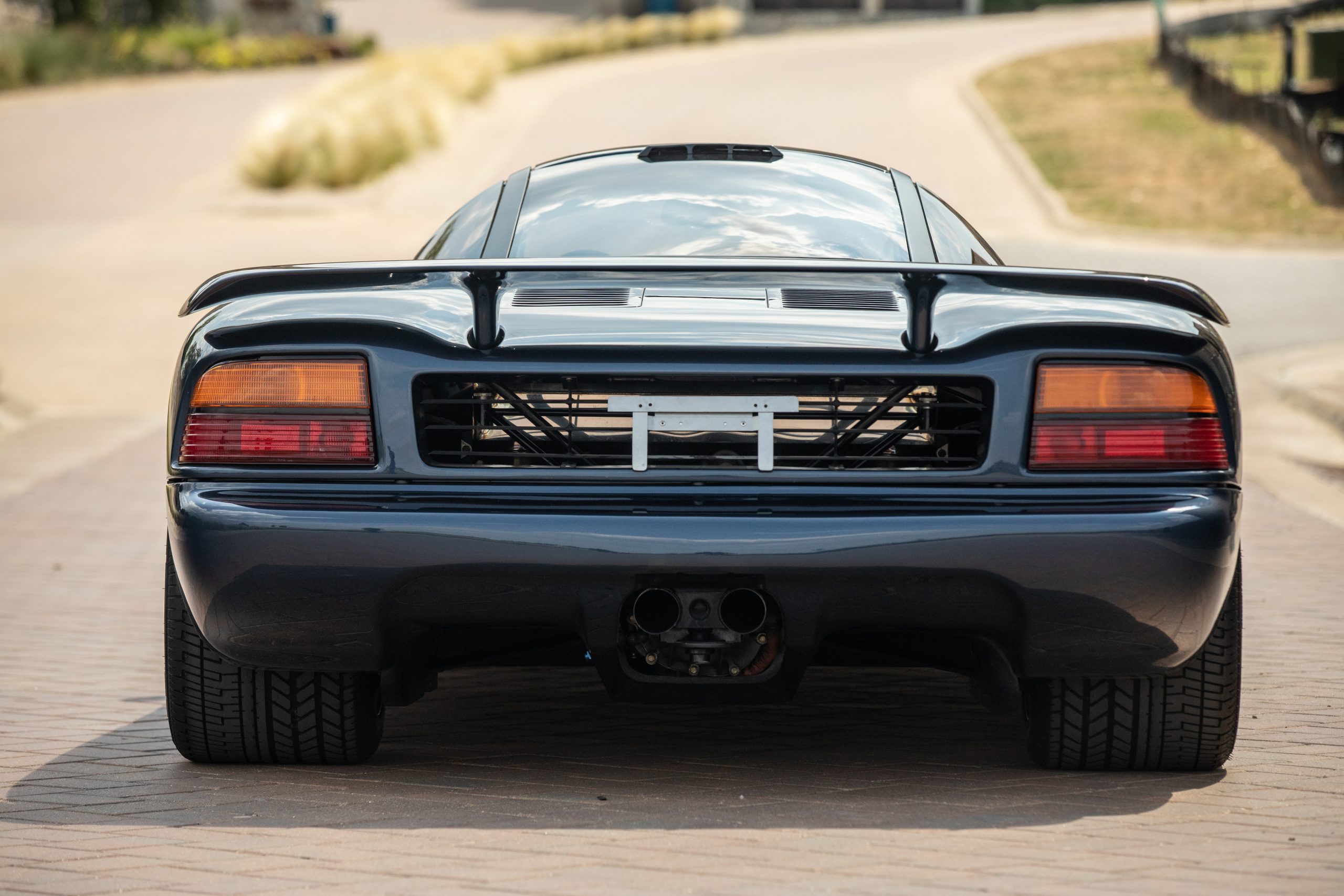[ad_1]
Constructed for a brand new sequence referred to as the Intercontinental Problem, the XJR-15 was a limited-production supercar constructed by Jaguar Sport, a partnership of Jaguar and TWR. The design was loosely based mostly off the XJR Group-C vehicles which TWR manufactured for Jaguar. Thus, it retained the XJR-8’s 6-liter engine and fundamental chassis structure. A brand new physique was drawn up by Peter Stevens which he thought was extra distinctively Jaguar.
For clientele wishing to make use of the automotive on the street, Jaguar Sport fitted bumpers, blinkers and raised the general clearance. This significantly affected general efficiency because the undertray aerodynamics and suspension had been optimized for a really low journey top. Solely 53 had been made.
Based mostly mechanically on the Le Mans-winning Jaguar XJR-9, the automotive had an aerodynamic physique designed by Tony Southgate and styled by Peter Stevens, who later went on to fashion the McLaren F1. The automotive featured in a 1-make racing sequence referred to as the Jaguar Intercontinental Problem, which supported 3 System 1 races (Monaco, Silverstone and Spa) in 1991. The $1m prize was gained by Armin Hahne. XJR-15 was the World’s first totally carbon-fibre road-car.
Picture Supply: RM Sotheby’s
[ad_2]

